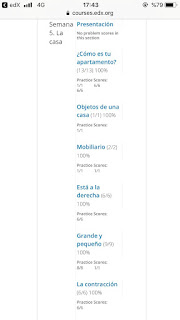Second Life is an internet based virtual world in which people interact with one another via avatars and engage in a range of activities. They can explore the world, meet and form friendships with others and even exchange goods and services.
You use this environment to build virtual objects with the option to add interaction. You also create and personalise your avatar which can be a representation of you, the opposite sex, an animal or even an abstract shape.
Role of education in Second Life
This virtual world enables people to undertake activities which include virtual meetings, training sessions and teaching via a virtual school or university. Many universities around the world have built an online version of their campus within Second Life and use this to give lectures, teach new skills or to enable students to work together on projects.
This is useful for students enrolled on distance learning programmes who are unable to undertake a traditional undergraduate degree due to a variety of factors. This type of system allows them the chance to meet and interact with other students as well as keep up to date with assignments. It can also prevent feelings of isolation and loneliness which can occur in students who work away from a university.
Many students are comfortable with social interaction online such as social networking sites, virtual worlds and games. They see this as a challenge – especially if they are keen gamers, and embrace it rather than ignore it.
But there will be students who are less enthusiastic about this technology and shy away from using it. The aim then is to encourage them to overcome any hesitation and learn by exploring. They are free to make mistakes and to undertake tasks in new ways. This means the onus is on the teacher or educators to create a safe environment where they can find their feet.
This is my avatar on Second Life!

















